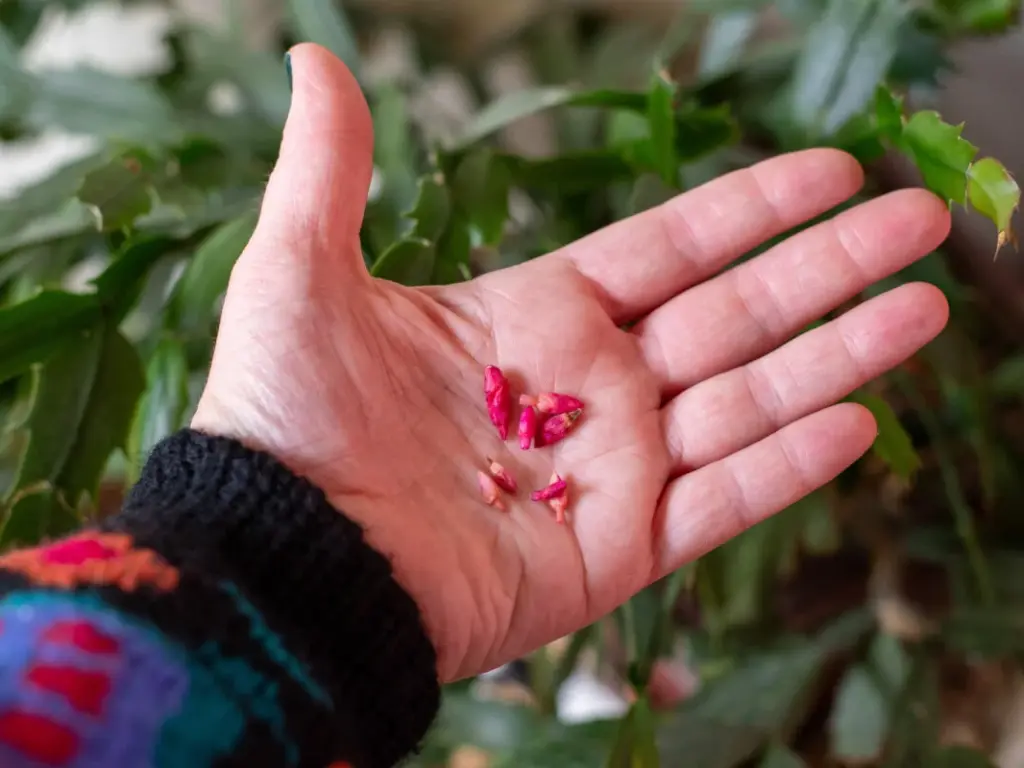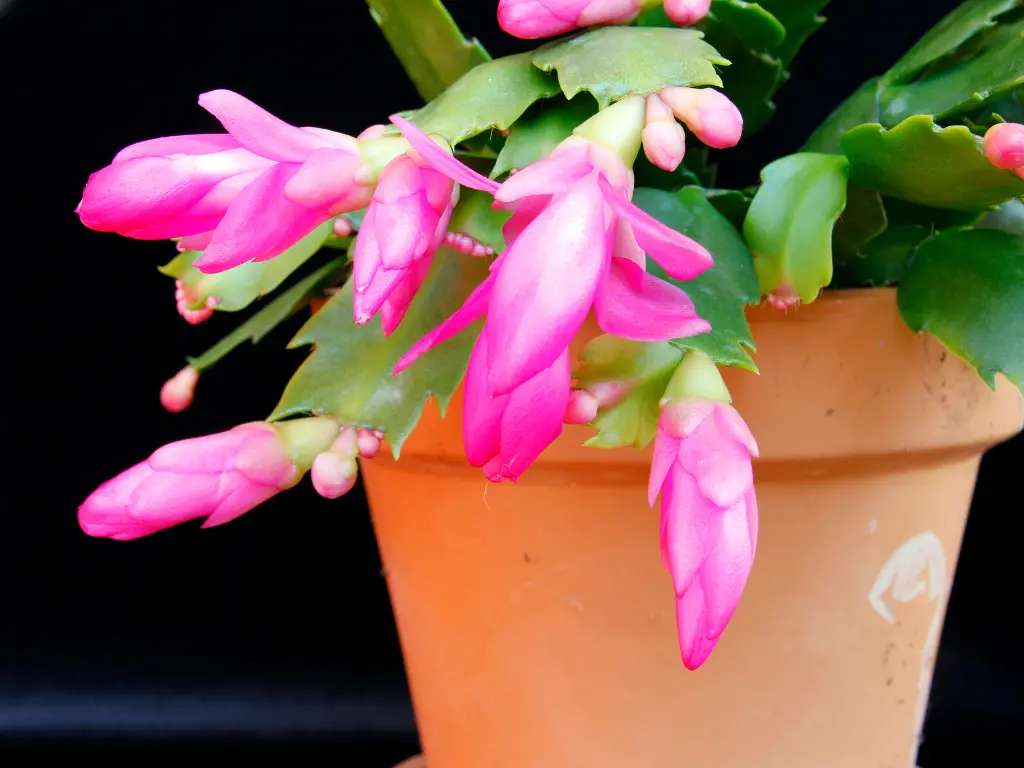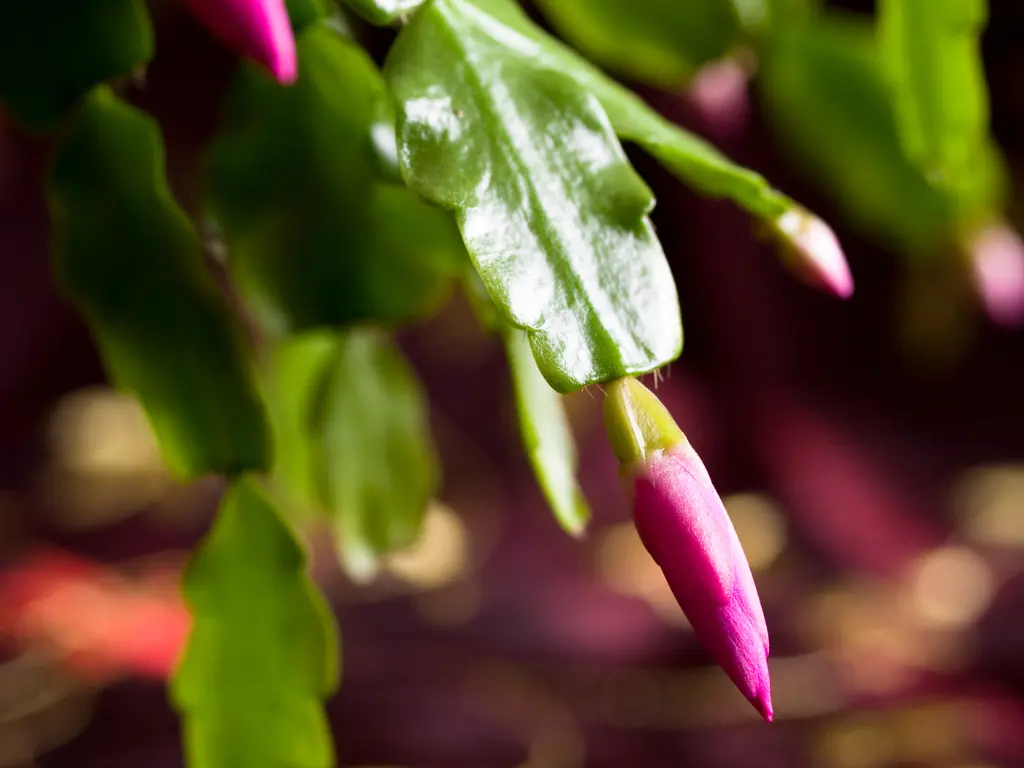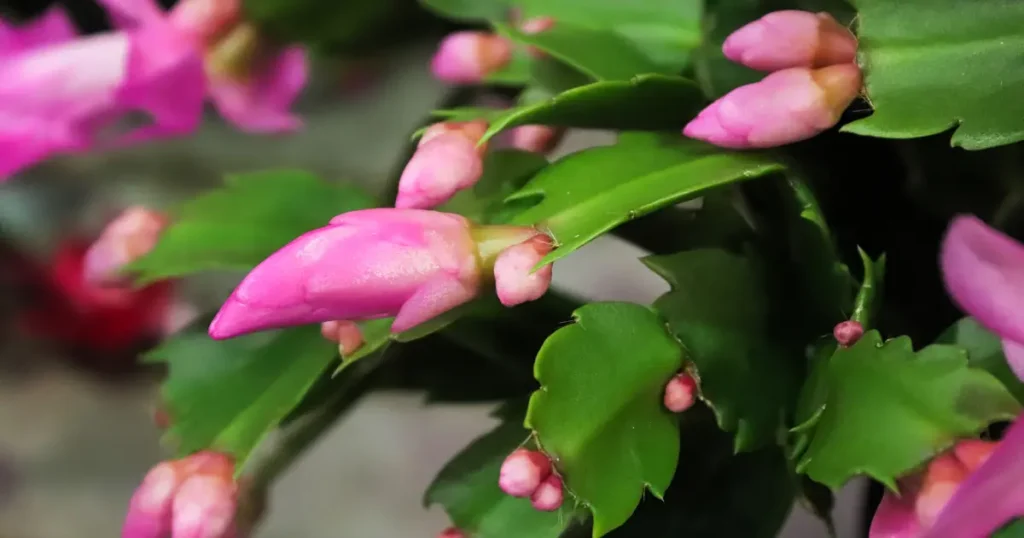Guides
How to Prevent Christmas Cactus Bud Drop: Tips for a Healthy Bloom
Have you ever noticed your beautiful Christmas cactus (Schlumbergera) starting to lose its buds just when it’s about to bloom? It’s a frustrating experience that many gardeners face during the holiday season, and if you’re reading this, chances are you’re dealing with this exact problem right now. But don’t worry, you’re not alone, and I’m here to help you troubleshoot the issue and prevent further bud drop.
In this article, I’m going to walk you through the common causes of bud drop, give you practical solutions, and share tips for keeping your Christmas cactus healthy and thriving. Let’s get your plant back on track to bloom beautifully!
Why Is Your Christmas Cactus Dropping Buds?

Before we dive into solutions, it’s important to understand why your Christmas cactus is losing its buds in the first place. Christmas cacti are fairly resilient plants, but they are also sensitive to environmental changes. Several factors could be contributing to the bud drop, and understanding these causes is the first step toward preventing further issues.
1. Temperature Fluctuations and Lighting Issues
One of the most common reasons for Christmas cactus bud drop is inconsistent temperature and light exposure. These plants are native to the cloud forests of Brazil, where temperatures are cool and light levels are moderate. If your cactus is exposed to drafts, direct heat from a radiator, or sudden temperature changes, it may start to drop its buds.
Solution: To prevent this, place your Christmas cactus in a location with consistent temperatures between 60°F to 70°F (15°C to 21°C). Ensure that it’s away from heat vents, drafty windows, and direct sunlight. A room with bright, indirect light is ideal.
2. Overwatering or Underwatering
Another reason for bud drop in Christmas cacti is improper watering. These plants are susceptible to root rot if overwatered, which can lead to stress and loss of buds. On the other hand, underwatering can dehydrate the plant, causing it to drop its buds as well.
Solution: Christmas cacti prefer slightly moist soil. Water your cactus when the top inch of soil feels dry, but make sure the pot has good drainage to avoid waterlogging. During the winter months, reduce watering slightly since the plant is not actively growing. Always ensure that the plant is not sitting in water to prevent root rot.
3. Stress from Environmental Changes
Christmas cacti are quite sensitive to environmental stressors, especially when moved around. If you recently repotted your cactus or moved it to a new location, the plant may have experienced shock, leading to bud drop.
Solution: Try to keep your cactus in one spot where it won’t be disturbed, especially during the blooming period. If you need to repot your plant, do so well in advance of the bloom season, preferably in late spring or early summer.
4. Nutrient Deficiency
Nutrient imbalances can also lead to poor bud development and eventual bud drop. If your cactus has been in the same soil for a while or hasn’t been fertilized properly, it may not have the nutrients it needs to support healthy blooms.
Solution: Use a balanced, water-soluble fertilizer formulated for houseplants during the growing season (spring and summer). Avoid over-fertilizing, as this can cause other issues, such as weak stems. Fertilizing once a month should be sufficient.
5. Age and Health of the Plant
Older Christmas cacti may be more prone to dropping buds, especially if they have been neglected or are suffering from long-term health issues like pest infestations or root damage.
Solution: Regularly check your plant for signs of pests (such as spider mites or mealybugs) and treat them immediately. If your plant is old and struggling, it might be time to consider propagating new cuttings to ensure future blooms.
How to Prevent Christmas Cactus Bud Drop

Now that we understand the causes of bud drop, let’s explore some practical steps you can take to ensure your Christmas cactus remains healthy and vibrant throughout the holiday season.
1. Maintain Consistent Temperature and Lighting Conditions
Christmas cacti thrive in environments with consistent temperatures and moderate light exposure. It’s important to recreate the conditions of their native habitat as much as possible.
-
Keep your cactus in a room that maintains a stable temperature between 60°F to 70°F (15°C to 21°C).
-
Place the cactus in a spot with bright, indirect light. Avoid placing it in direct sunlight or under harsh artificial lighting.
2. Water Carefully and Monitor Soil Moisture
Watering is a crucial aspect of Christmas cactus care, and finding the right balance is key.
-
Ensure the soil is well-draining to avoid waterlogging, which can lead to root rot.
-
Water the plant only when the top inch of soil feels dry. Avoid letting the plant sit in water, as this can cause root damage.
-
During the dormant season (fall and winter), reduce watering slightly, as the cactus isn’t actively growing during these months.
3. Create a Stable Environment for Your Cactus
Christmas cacti do not appreciate sudden changes in their environment, so be mindful of moving them around too much.
-
Avoid repotting or disturbing the plant during the blooming period. If you must repot, do it several months in advance.
-
Try to keep the cactus in a consistent location, away from drafts and other stress-inducing factors.
4. Provide Proper Nutrition
To keep your cactus healthy and blooming, you’ll need to ensure it receives the right nutrients.
-
Fertilize with a balanced, water-soluble fertilizer during the growing season (spring and summer).
-
Avoid fertilizing during the winter months, as this can interfere with the blooming cycle.
5. Regularly Check for Pests and Diseases
Inspect your Christmas cactus regularly for pests like spider mites or mealybugs, which can cause stress and contribute to bud drop.
-
If pests are found, treat your plant with an appropriate insecticidal soap or neem oil to eliminate them.
-
Make sure the plant is in good health by regularly checking the roots and leaves for signs of disease or damage.
Troubleshooting and Reviving a Dropped Bud Cactus

1. What to Do When Buds Drop
If your cactus has lost its buds, try not to panic. The plant may still bloom in the future with the right care.
-
Keep the cactus in a stable environment with the appropriate temperature and lighting conditions.
-
Adjust watering practices if necessary, ensuring the soil remains moist but not soggy.
-
Avoid fertilizing immediately, as this can stress the plant further. Wait until the cactus shows signs of new growth before fertilizing again.
2. Can You Revive a Christmas Cactus After Bud Drop?
Yes, it’s possible to revive a Christmas cactus after bud drop. If the plant is otherwise healthy, it will likely bounce back in time. Here’s what you can do:
-
Remove any dead or damaged parts of the plant to promote new growth.
-
Continue providing the correct care and be patient. It might take some time, but with the right conditions, your Christmas cactus will thrive again.
Conclusion
Preventing Christmas cactus bud drop is all about providing the right care and maintaining stable environmental conditions. By ensuring your cactus has the proper temperature, lighting, watering, and nutrition, you can enjoy beautiful blooms year after year. If you do experience bud drop, don’t worry—just follow the steps outlined above to revive your plant and get it back on track for the next blooming season.
Remember, consistency and patience are key to keeping your Christmas cactus healthy and happy. Happy gardening!
You may like:
- 10 Best Christmas Plants to Gift This Holiday Season
- How to Get Christmas Cactus to Bloom: A Festive Guide for Stunning Flowers
- How to Propagate Christmas Cactus: Easy Methods for Thriving Holiday Plants
- Christmas Cactus Care: How to Grow Holiday Cactus
- Christmas, Thanksgiving, or Easter? How to Tell Which Holiday Cactus You Have


7 Vegetables to Plant in December for a Bountiful Winter Harvest
Winter gardening is a challenge many new gardeners shy away from. But if you’re among [...]
Dec
9 Common Christmas Cactus Problems and How to Fix Them
Have you ever walked past your Christmas cactus and wondered why it suddenly looks sad? [...]
Nov
Swedish Ivy Care: How to Grow a Healthy, Thriving Plant
Have you ever looked at your Swedish Ivy and wondered why the leaves are turning [...]
Nov
Avoid These 10 Garlic Planting Mistakes for Bigger, Healthier Bulbs
Growing garlic at home is one of the most satisfying things a gardener can do [...]
Nov
How to Prevent Christmas Cactus Bud Drop: Tips for a Healthy Bloom
Have you ever noticed your beautiful Christmas cactus (Schlumbergera) starting to lose its buds just [...]
Nov
Discover 7 Stunning Types of Night-Blooming Cereus
Have you ever waited for a flower that only opens at night and then disappears [...]
Nov